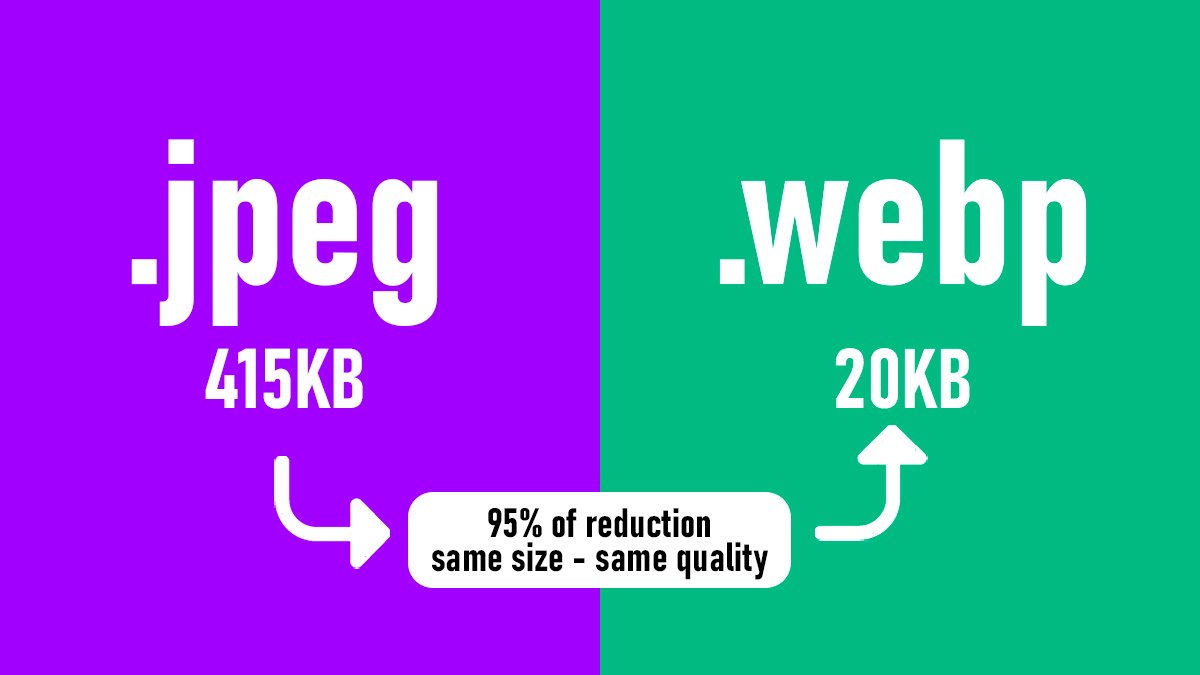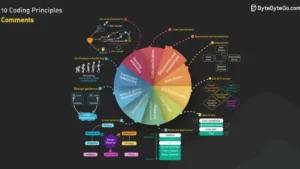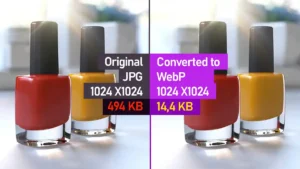JPG and PNG to WebP Conversion: Optimize Your Site for Faster Loading
 Crédito: helpimages.net
Crédito: helpimages.net One of the main factors that affect a webpage’s loading speed is images. Fortunately, with JPG and PNG to WebP conversion, you have the control needed to significantly improve your site’s performance. In this article, we’ll explore how Help Images makes this process easier, helping bloggers, affiliates, and small business owners optimize their pages without needing advanced technical skills.
We understand that for those who aren’t programmers or designers, many site elements can be hard to control. However, image optimization is something completely within reach for content creators. We’ll show you how to take full control of this crucial aspect and improve your site’s speed using WebP’s efficient compression.
Why Does Converting JPG and PNG to WebP Improve Site Loading?
Converting traditional formats like JPG and PNG to WebP results in much lighter images without visible quality loss. This directly impacts page loading time. When a visitor accesses your site, every second counts, and heavy images can cause delays that drive users away.
Besides drastically reducing image sizes, WebP retains visual quality and, in many cases, transparency, as in PNG images. This is particularly useful for bloggers who use high-quality images in their posts and articles.
Reducing image size with WebP helps ensure your site loads quickly, even for users accessing it through mobile devices with slower connections. This results in a smoother experience, increasing the chances of keeping visitors engaged.
How Does WebP Compression Affect Speed and SEO?
Images directly affect site speed and, consequently, SEO. Search engines like Google prioritize fast websites because they provide a better user experience. Loading time is one of the critical ranking factors, and WebP-compressed images can reduce file sizes by up to 95%.
By converting to WebP, you ensure a more agile site performance, which not only improves the user experience but also increases visibility in search results. A fast-loading site has a better chance of ranking higher while reducing bounce rates—an essential factor for SEO.
Therefore, JPG and PNG to WebP conversion is not just a technical task but also a key strategy for anyone looking to boost traffic and user time on site.
Ease of Use: Optimizing Images with Help Images
One of the great advantages of Help Images is that you don’t need to be an expert in graphic design or programming to optimize your images. The tool was developed to be simple, accessible, and effective. With just a few clicks, anyone can convert their images to WebP and adjust them to the ideal size for their projects.
The intuitive interface allows you to make resizing adjustments quickly, maintaining the correct proportions and ensuring that images don’t overload your site. Whether for a personal blog, e-commerce page, or affiliate site, Help Images provides the speed and convenience needed for hassle-free optimization.
Direct Impact of Images on E-commerce and Blog Performance
If you work with e-commerce or monetize content as a publisher, you know that site speed is crucial. Slow sites negatively impact the user experience and, consequently, your conversion rates. The WebP format helps avoid this issue, speeding up page load times.
For small business owners who rely on their site’s performance to sell products or capture leads, image optimization is critical. By reducing image sizes without sacrificing quality, you ensure smooth navigation, which increases users’ time on site and improves conversion chances.
Additionally, with WebP’s efficient compression, you save your visitors’ mobile data, especially important for those accessing via mobile devices. This guarantees a better experience and keeps users engaged for longer.
The Simplicity of WebP for Non-Programmers
The WebP format stands out as a simple solution for those who aren’t programmers or designers. The Help Images tool was designed for bloggers, small business owners, and affiliates who need to optimize their pages but don’t have the time or technical skills to deal with complex software.
With WebP, you have an ally to make your site faster, directly impacting performance and SEO. Just convert your images with a few clicks, and in no time, your site will be lighter, more efficient, and ready to provide a better user experience.
FAQ for Bloggers and Publishers
Why should I convert my images to WebP?
WebP reduces image sizes by up to 95% while maintaining quality, resulting in faster websites and better search engine rankings.
How does WebP improve my blog’s SEO?
Lightweight images improve loading times, one of the critical factors for SEO. Faster websites perform better in rankings.
Can I convert to other formats besides WebP?
Yes! Our tool also allows you to convert to JPG and PNG while maintaining transparency and quality.
How does automatic resizing help my site?
Properly resizing images ensures they don’t overload your site, resulting in a smoother user experience and optimized performance.
Is this tool suitable for non-designers?
Absolutely! Our platform is designed to be simple, allowing anyone to optimize their images quickly and efficiently.
By converting JPG and PNG to WebP, you ensure superior compression and improve your site’s performance, making it faster and more efficient without sacrificing quality.



